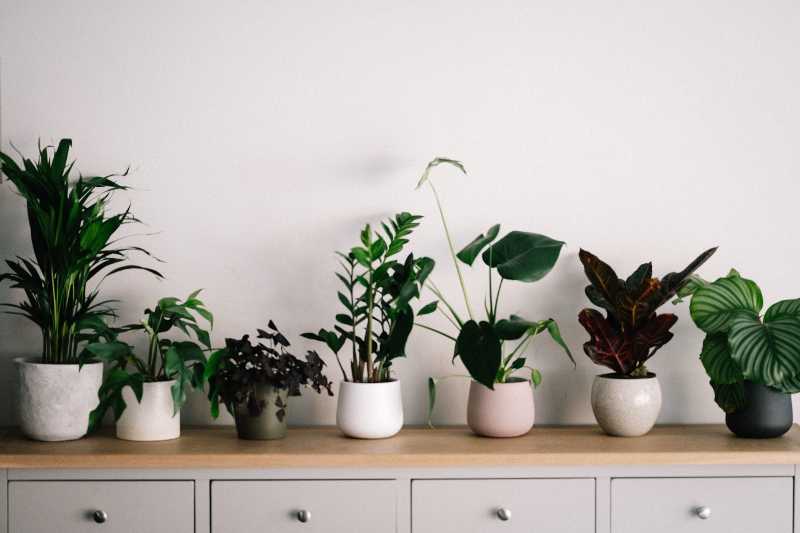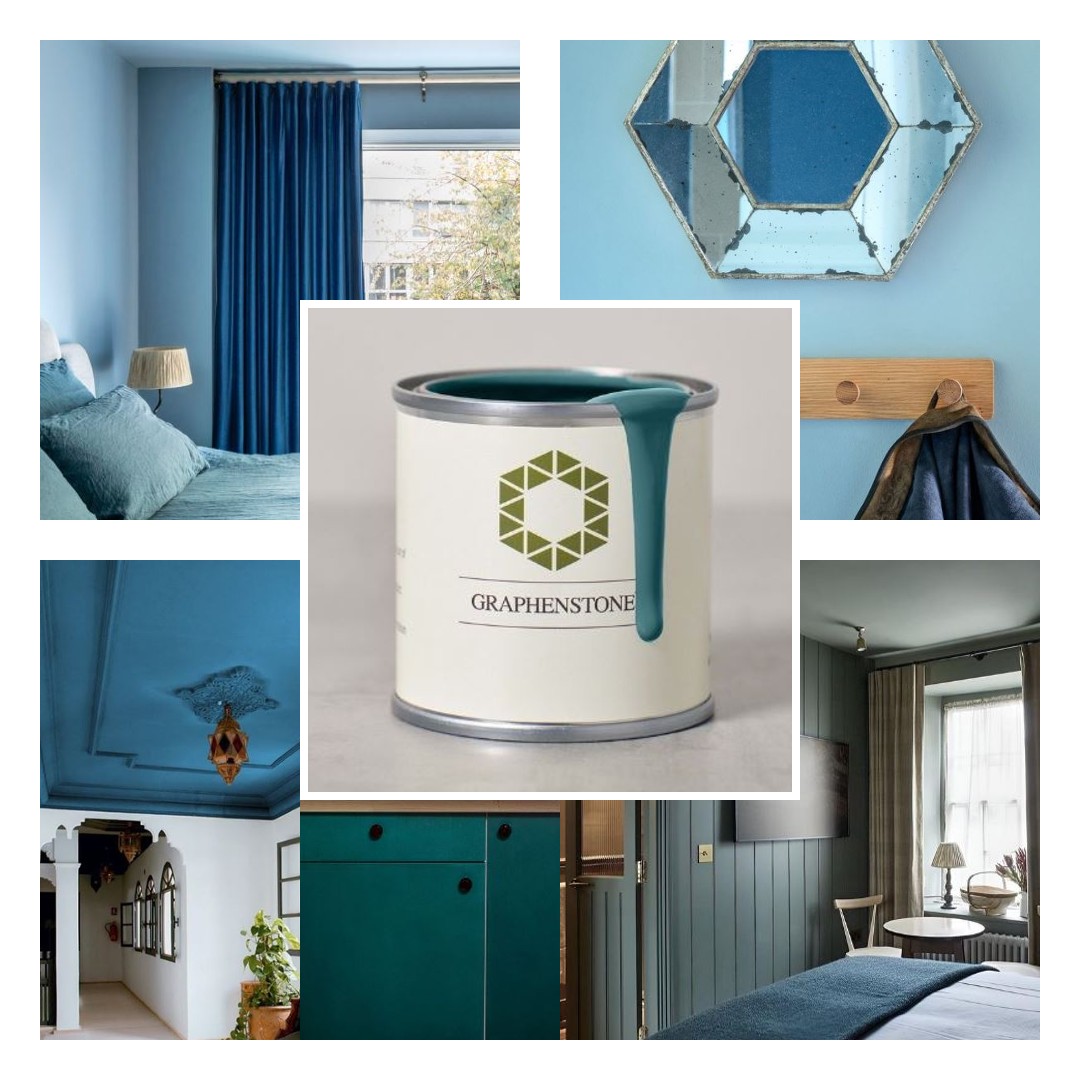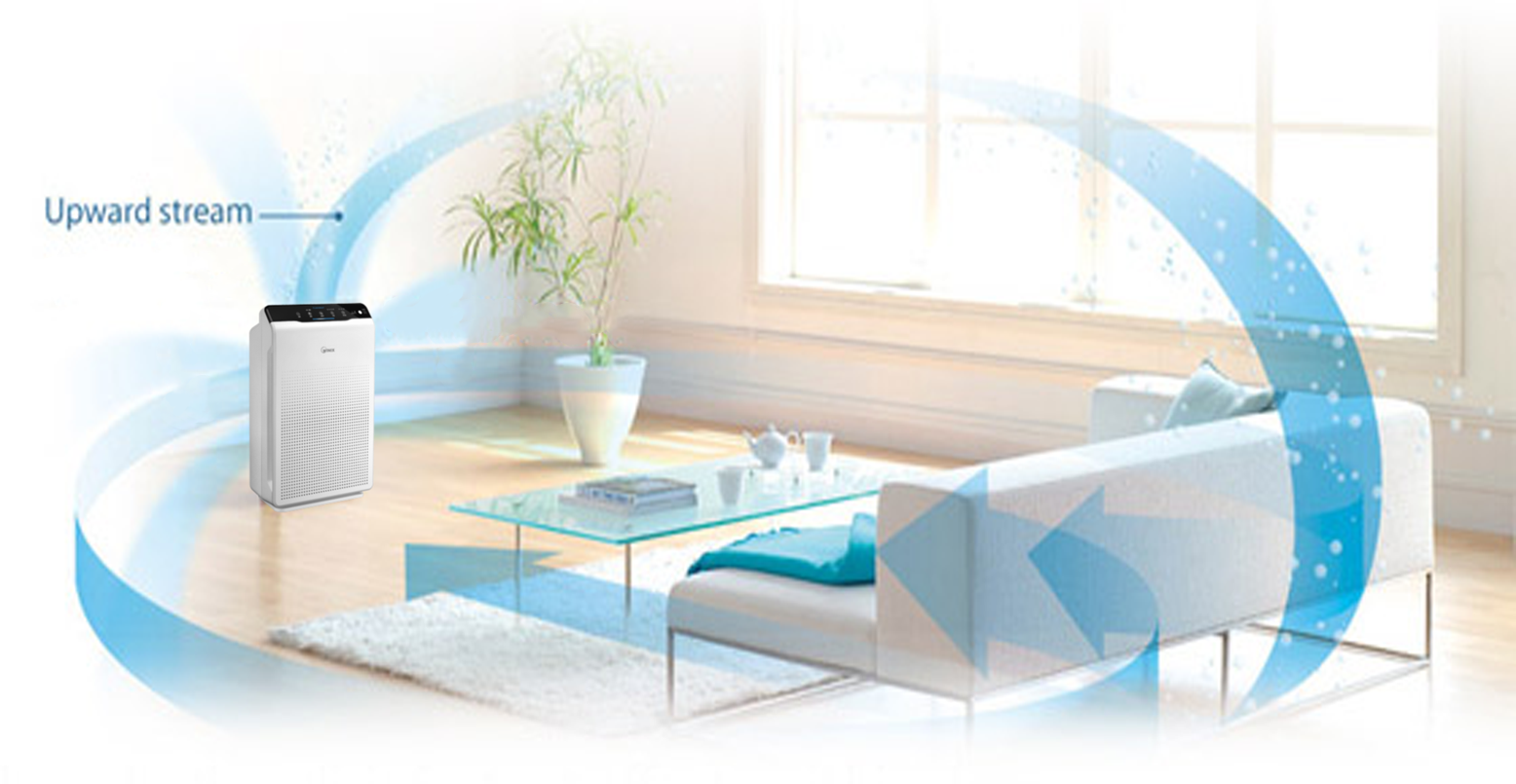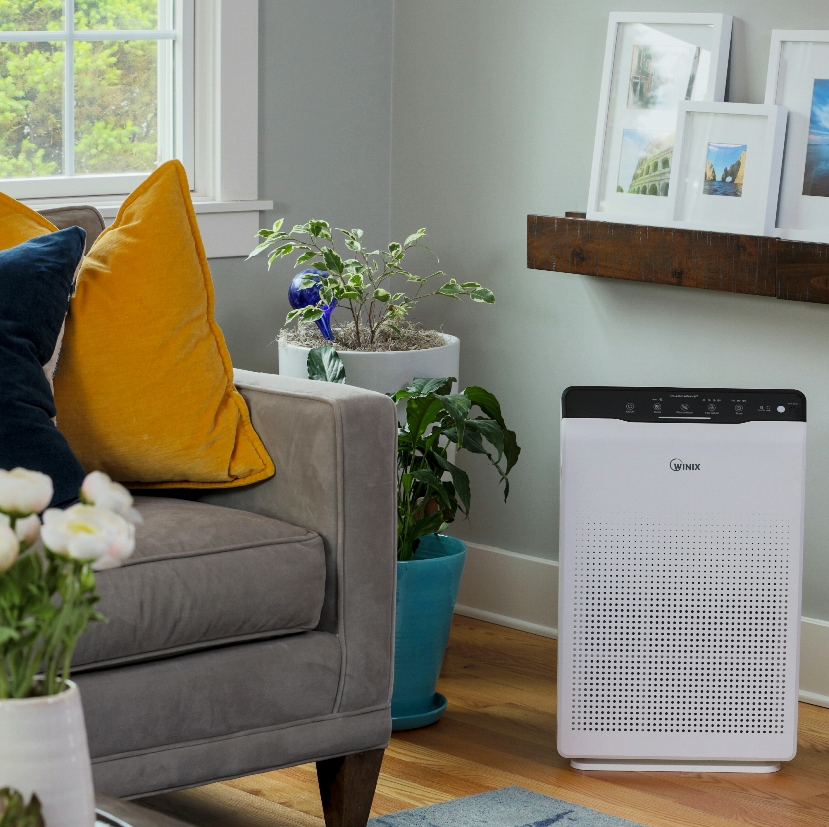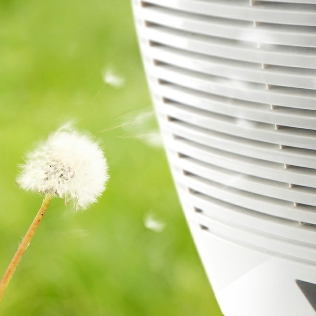GUIDE: Improve your indoor air quality with our range or breathable paints and air purifiers
Posted by Celtic sustainables on 30th Apr 2024
Indoor air quality is strongly linked to our health and well-being. We spend an enormous amount of time indoors, especially now most of us work from home. Removing health-threatening pollutants can help us lead a better quality of life. We suffer less from respiratory illnesses and lower the risk of chronic conditions when prioritising air quality! Below is a helpful guide to help you reach a healthier, happier home with links to products and other helpful information.
We have discussed indoor air quality many times before. You can find links to other helpful blogs below;
- Scented candles, Formaldehyde, Paint and Plants (Part 1)
- Indoor Air Quality (part 2)
- Allergies, Asthma and Eco Paints
- How to Spring Clean without the Chemicals
- Dehumidifiers for condensation, dampness and mould
- SHOP: Graphenstone - Ambient Pro+ Air Purifying Paint
If you would like to read more about Indoor air quality guides and articles, what to avoid and how you can improve the air quality in your home or business, please read our handy guides.
What are the main factors that affect indoor air quality?
- Poor Ventilation
- Humidity levels
- Pets and dust
- Volatile organic compounds (which can be found in anything from cleaning products to paints)
- Pollen and mould
- Tobacco Smoke
- Building materials such as MDF, asbestos, lead and formaldehyde
Asthma is one of the most significant health issues relating to indoor air quality ; according to the British Lung Foundation, around 8 million people live with the condition – about 12% of the population have been diagnosed.
What are the different types of air pollution?
Pollutants are carbon monoxide, lead, nitrogen oxides, ground-level ozone, particle pollution (often called particulate matter), and sulphur oxides.
How can you improve the indoor air quality of your home or office?
- Hoovering daily is something people do to keep their homes clean, but it also serves another purpose: Improving air quality in your home! By vacuuming up pet hair, dust and other allergens, you reduce the number of irritants in the air that can aggravate asthma symptoms and allergies.
- Improve air circulation and make sure your home is well-ventilated. This prevents moisture build-up and mould from appearing.
- Open windows and use cooker vents in the kitchen to remove any moisture when cooking
- Buy and grow indoor plants to freshen the air – like spider plants and English ivy.
- Control the humidity in your home – humid and moist conditions make a perfect breeding ground for mould growth; opening windows after a shower, cooking, and drying laundry inside will significantly reduce the moisture build-up. Various humidifier options will help you maintain consistent humidity levels and create a more comfortable living condition. Look at the Ebac range. They can remove up to 21 litres of water per day!
- Invest in an air purifier – The Winix series captures 99.7% of dust and allergens, removing pollen, dust, smoke, pet dander, mould spores and VOCs from your home environment
- Install a comfort thermometer – The ETI Comfort Thermometer displays the temperature and humidity in your home (but can be used in factories and offices too!) It gives you a quick indication of whether the room is too cold, comfortable, or hot.
- Redecorate with an air-purifying paint –The Graphenstone Ambient Pro+Air Purifying paint is a highly effective decontaminant of pollutants in towns and cities. It also reduces and eliminates all odours. It’s a photocatalytic lime-based paint that decomposes pollutants, including NOx, VOCs, CO, SOx and formaldehyde.
Signs you may need a dehumidifier
The purpose of a dehumidifier is to reduce the humidity levels in your home or work environment by removing excess moisture. If you notice mould or dark spots on your walls and ceilings or mildew settling on your furniture, it's time to get a dehumidifier. Once you start using the unit, you'll notice a significant difference in humidity levels and the overall smell of the air. If you experience a musty odour, it may indicate the presence of mould and mildew. This could be a one-time event or a recurring problem. Running a dehumidifier in these areas can help. Still, it's important to remember that while a dehumidifier can significantly reduce the amount of moisture damage, you must address the root cause of the issue to find a long-term solution. Please pay attention to the underlying problem, as a dehumidifier can only help to reduce the amount of moisture damage.
A common reason for mould growth is the presence of high condensation levels, which may be caused by poor airflow. If you have already installed a dehumidifier, raised the temperature of the room and improved air circulation, the final step is to paint the walls with a specially formulated paint that is resistant to mildew. Auro 327 Natural Anti Moul Paint is an excellent choice as it has a high pH, is breathable, virtually VOC-free, and contains an active biocide to combat mould spores effectively. Another suitable option is Graphenstone Ambient Pro+ air Purifying Paint, which is ideal for indoor and outdoor walls. It has photocatalytic properties, actively decomposes pollutants, and eliminates odours.
Both paints have received excellent feedback from our customers and are highly recommended.
Dehumidifier vs Air Purifier: which one is best for you?
Firstly, they are different. An air purifier is designed to remove contaminants from your home or office, creating a healthier indoor climate. A filtration system filters viruses, bacteria, allergens, fine dust, and pollen.
A dehumidifier removes moisture in the air; this helps create a healthier environment for people with asthma and allergies. Running our Ebac dehumidifiers is a low-cost way of removing the humidity in your home or office, which prevents mould and mildew growth.
Benefits of running an Air Purifier -
- HEPA filters capture 99.97% of airborne allergens and dust
- Meager cost to run in homes and offices
- Filters are capable of capturing pollen, mould spores, dust, pet dander, bacteria smoke particles and general household odours
- Units offer Sleep Mode and intelligent technology (Dimmed lights)
- Our Winix units are UK Allergy Seal Approved
- Suitable for use in rooms up to 100m², though superior purification will occur in smaller rooms.
- Power consumption 3-70 Watt
Where is the best location to place the air purifier?
If you want to get the most from your unit, follow this simple rule: place your Winix air purifier where it can have the best airflow. This means it needs to be placed slightly away from the wall and furniture. Be sure to place your Winix air purifier wherever you will spend the most time, where you are most concerned about odours or allergens, or where it helps you the most.
"A healthy humidity level in your home should be between 30% and 50%. Healthy humidity aids in the prevention of dry eyes, itchy skin, headaches and keep the sinuses moist, making you less susceptible to catching the flu or common cold." - Winix.
If you don't already know how to monitor the humidity in your home, consider purchasing an ETI comfort Thermometer. It displays both the temperature and humidity on an easy-to-read LCD Display. It's great for monitoring rooms, offices, and factories and ensuring optimum conditions.
Benefits of running a dehumidifier
- Stops condensation
- Helps to eliminate allergies & dust mites
- Protect valuable belongings from mould damage and prevent warping and rusting from dampness.
- Eliminate smells and odours
- A dry house is easier to heat, resulting in cheaper bills.
- A dehumidifier can be a highly economical substitute for a tumble dryer.
- Meager cost to run in homes and offices
- The Ebac units have a clear one-touch function display and control
- Ebac Dehumidifiers have an air purification mode
- Offers a quiet mode
What are the Health Benefits of Using an Ebac Dehumidifier?
Using a dehumidifier can greatly benefit your health by reducing the risk of allergies, especially for those sensitive to mould, mildew, and dust mites. Stabilising the moisture in the environment removes the habitat for pests like silverfish, woodlice, and spiders. Reducing humidity in your home makes it easier to keep it clean, as it prevents dust from accumulating.
Adding a dehumidifier to your home can improve both your health and the health of your building. It creates a perfect environment and increases the longevity of your living or working space. They are highly recommended for new and old buildings, they'll enhance your living space and improve your overall comfort.
Can you use a dehumidifier and air purifier together?
Yes! Using an air purifier alongside a humidifier or dehumidifier in the same room is possible. However, keeping a few feet of distance between them is recommended if you use a humidifier with your air purifier. This is because air purifiers often come with an activated carbon filter, which excess moisture can easily damage.
A dehumidifier and air purification system can be used simultaneously. 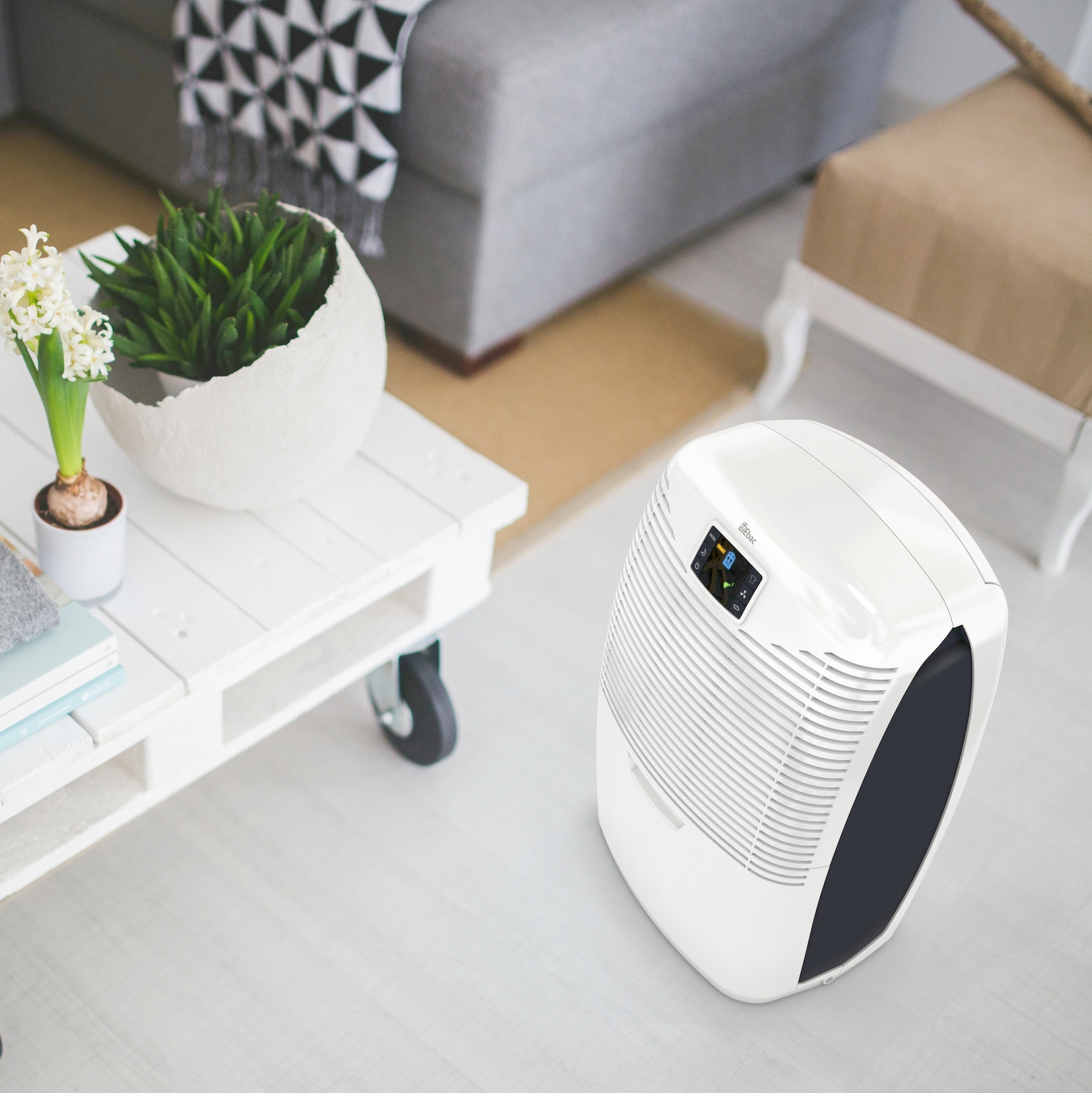
Air purifiers are designed to eliminate allergens like pollen, pet dander, and dust mites from the air, minimising exposure to these allergens. Conversely, a dehumidifier can help lower the level of mould, which could be a significant allergen for specific individuals.
What you need to know about spring air quality:
Many plants release pollen during spring, triggering allergies and respiratory issues. Also, dry and windy weather can stir up dust and dirt particles, worsening air quality. Moreover, pets tend to shed their winter fur coats during this season, which can increase the risk of having an allergic reaction. Therefore, using a dehumidifier with an air purification mode or a zero air purification system is essential to improve the air quality in your surroundings.
Do these three things to help with your indoor air quality during spring:
- Clean your filters! There's no one answer for how often you should do this, but the rule of thumb is to change filters every 3-6 months.
- Spring clean! As above, hoovering and opening windows in your home will increase air circulation.
- Clean your home with healthy alternatives! We've put together a handy guide for cleaning without the chemicals. - creating a safe and healthy living space for everyone is essential.
If you’ve found this helpful article, please share it so someone else can benefit from seeing it.
Don’t forget to share your achievements and before & after photos with friends and us, and remember to tag us #CelticSus on social media.



